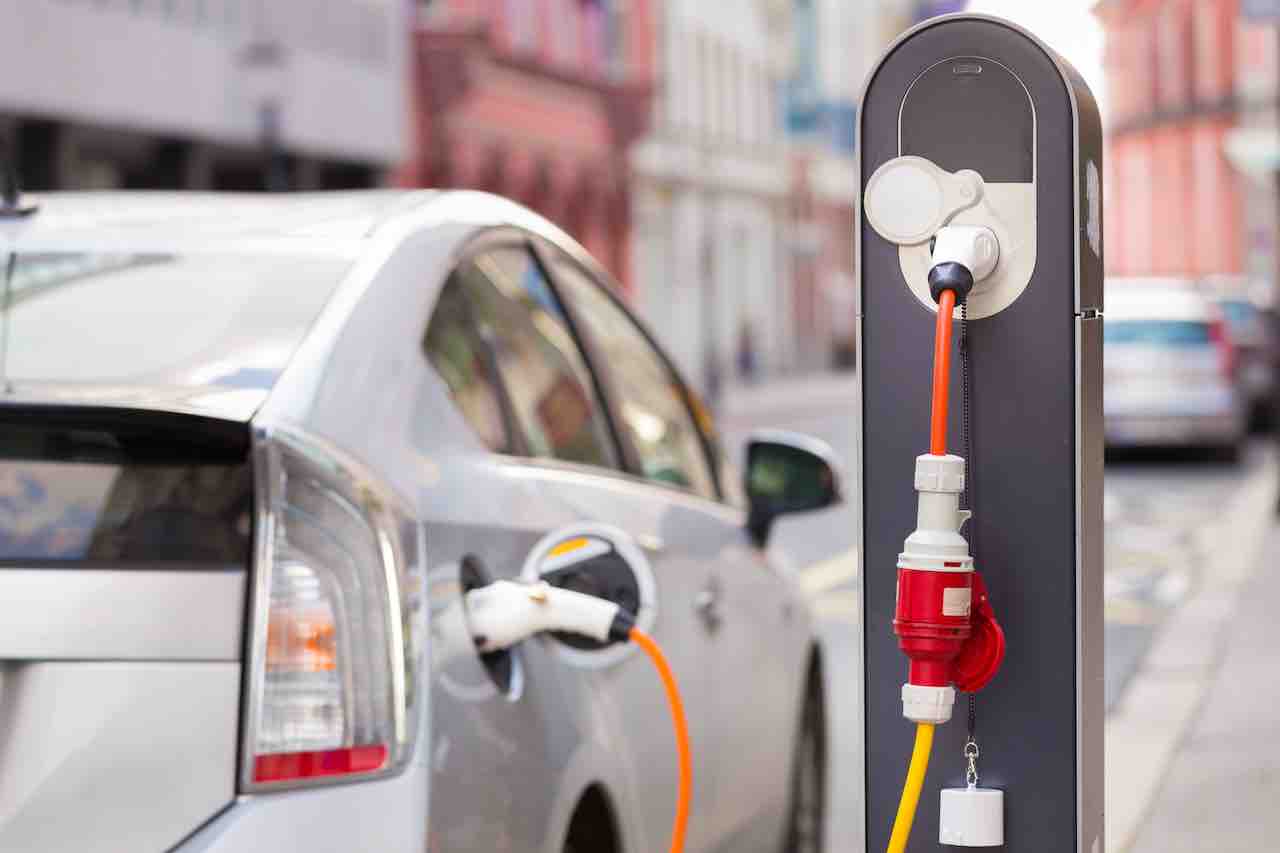As electric cars implement further technological advances and become increasingly connected, the risk of a cyber attack increases. The safety of drivers and the integrity of all the data they generate are at stake. Cybercriminals are always up to date on every attack formula and, like them, it is imperative that the industry implements some changes to prevent them. To this end, it is important to be aware of the current risks associated with electric vehicles. For this reason, on the occasion of the World Electric Mobility DayCheck Point Software evidenzia i three entry points for a cybercriminal into electric vehiclesresulting in profits advice on how to avoid harm.
Check Point’s advice for protecting your electric vehicles
Here are the risks that should not be underestimated.
Electric vehicle tips to avoid the remote vehicle hijacking
Imagine being behind the wheel of an electric car, quietly enjoying the ride, and suddenly lose control of the vehicle: slows down, the steering wheel goes out of control or the engine accelerates without you having pressed the accelerator. An invisible driver has taken control of the vehicle without you being able to do anything. Although it may seem like a fantasy, this situation can become reality.
As electric cars become more automated and connected, they also become more vulnerable to cyberattacks. Advanced cybercriminals can exploit vulnerabilities in a car’s electronic systems to remotely take control of it, using methods that look like something out of a spy movie.
Potential threats to charging stations
Threats at electric vehicle charging stations are a critical aspect of cybersecurity that often goes unnoticed, making it essential to go to safe and trusted places.
Impairment of the charging process: When a user charges their electric vehicle, they may be at great risk, as attackers may attempt to manipulate the process, changing the charge level, interrupting charging or even causing damage to the batteries, which could significantly reduce the life of the battery. vehicle and increase maintenance costs.
Furthermore, these charging points could be false. Cybercriminals could create fake charging stations with the sole purpose of compromising vehicles or stealing personal information once connected.
Attention to personal data: smart charging stations can collect information such as payment data, charging patterns and location. If these stations do not have adequate security measures, cybercriminals could access them and use them for identity theft or financial fraud.
Malware on the road: attackers could access the station and use it to deliver malware to connected electric vehicles, allowing them to access the vehicle’s electronic systems.
Malicious Connections: Charging stations are connected to networks, which means they are often connected to online payment systems. Denial of Service (DDoS) attacks could be infiltrated with malicious traffic, causing service disruptions and inconvenience to users.

Malicious disruption of connectivity
Autonomous vehicles rely heavily on communication between themselves and the road infrastructure. These connections allow you to share traffic informationweather conditions and other driving factors.
However, this dependency opens the door to cyber attacks that can have consequences disastrousbecause by manipulating data transmissions, an attacker could trick vehicles into making decisions wrong. A communication failure affects not only one vehicle, but also other connected vehicles on the road and can be a vulnerability that cybercriminals exploit to create confusion and traffic jams.
Check Point firmly believes that climate change and the need to reduce our dependence on oil underline the imperative to migrate towards greener forms of transport. Cybersecurity concerns could pose a further impediment to the future growth of the electric vehicle market, so it is vital that the industry takes the threat seriously.
Other tips on the safety of your electric vehicle
To keep an electric vehicle safe, it is important to maintain the updated software, avoid public Wi-Fi connections, use strong passwords e monitor the vehicle to identify any unusual behavior. Drivers should also report any problems to the manufacturer.
When using charging stations, always check the authenticity of the station and use secure connections. Electric vehicle manufacturers should ensure the use of secure software with security built into the software, hardware implementation operations, and the principle of “least privilege” to limit access to the software used. On the other hand, it is strongly recommended to monitor your transactions and report any suspicious activity.
















Leave a Reply
View Comments